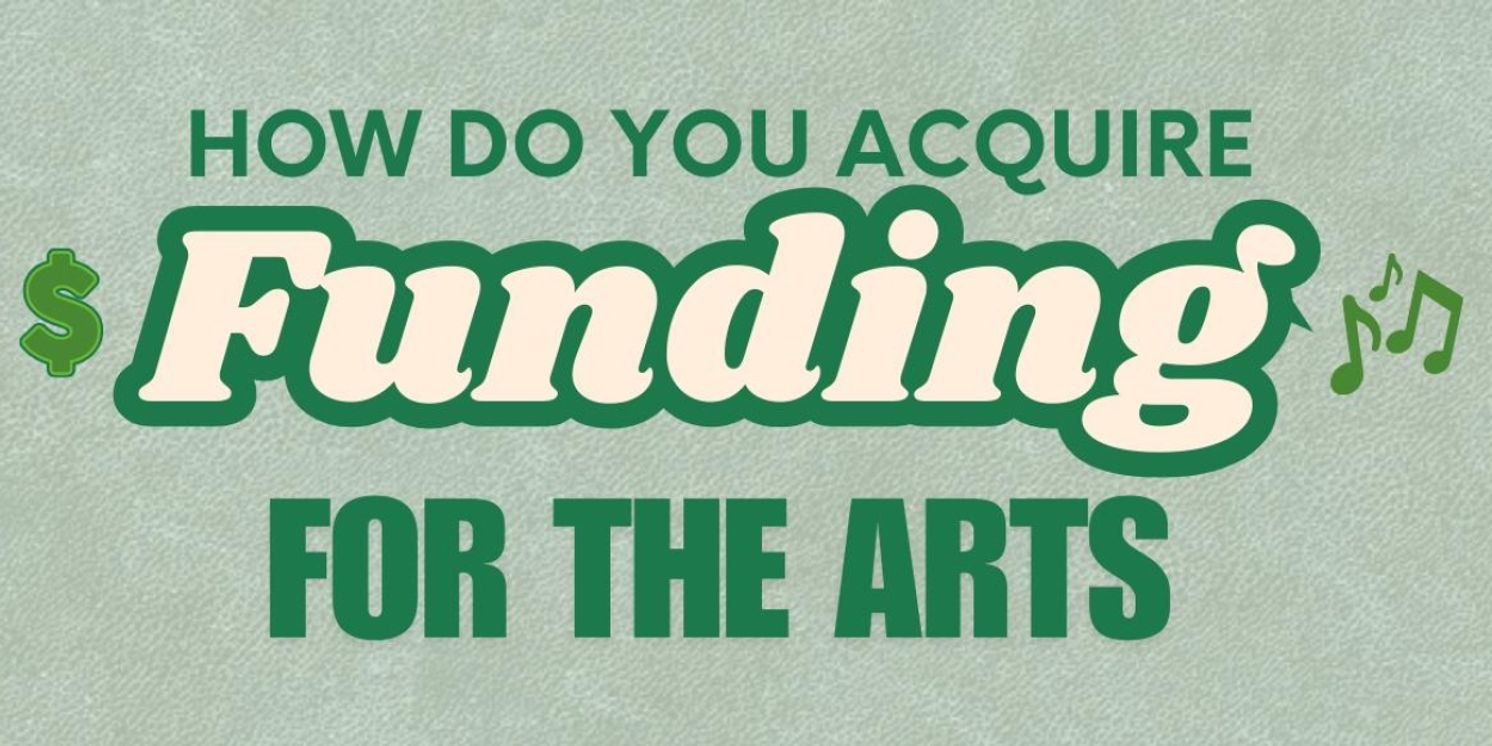Student Blog: How Do You Acquire Funding for the Arts?
In today's blog, we discuss the two main steps that you need to take in order to acquire the sustainable funding for your visual and performing arts programs.

When it comes to the arts, the funding aspect can be quite the struggle. The arts is not always considered to be the “most successful” route in a career path which makes funding less accessible to these art forms. As I am currently a Junior in high school and really involved in my school's theatre department, I have definitely noticed this divide of funding toward the arts compared to sports or other common activities that are considered to be a “more successful” path for your future. This unfortunately creates a huge obstacle for students who want to take it to the next level in their art forms but have a setback from the funding accessibility at school. In today's blog, we are going to discuss the two main steps that my theatre department and myself use to acquire funding for the visual and performing arts programs at my school.
When you are ready to take the steps to find ways to fund the arts, the huge overall first task that you need to achieve is being able to advocate for your programs. This is a huge part of the process because this is your chance to express the importance of your arts program. This is your opportunity to tell people how the arts have had a positive impact on your life and why this funding is important to help you become successful in the future. One thing that your school wants for you is to graduate and find success, so for them being able to hear that it’s going to help you succeed, they are more likely wanting to help you and your program. The people you are going to want to talk to and show your advocacy for the arts can include administrators at your school, school district leaders, city council members and officials, and most importantly, people of your community that are willing to help you and your program thrive. This first step of advocacy to later achieve your goal of acquiring the funding for the arts is crucial because it gives the community your overall exigence and purpose of acquiring this funding, so when in doubt, advocate.
The second step to acquiring the funding for the arts is finding creative ways to make money, fundraising. Fundraising ideas can range anywhere from doing a bake sale or to holding a silent auction night. One idea that really worked for my school’s department is a garage sale. We are always cleaning out our costume storage unit to make more room for new costumes. This always leaves us with a ton of clothing items that we don’t want to just throw away so we decided to set up early in the morning at someone's house to host a garage sale. This specific garage sale was so incredibly helpful to our department because a group of students in our theatre department were trying to get to the International Thespian Festival in Indiana where students have the opportunity to learn about educational theatre and watch students from around the United States perform in these incredible shows from their high schools. There was only one big barrier for our students and that was how much the trip cost. Most of this money that was made from the garage sale was then evenly distributed among the students so that they could head to the theatre festival in Indiana and learn more about this art form. As you can see, fundraising can be super successful at times but you also have to find ways that people are going to want to engage in what you are proposing and reasons why they should support you and this art form or program.
These two steps of advocacy and fundraising are very critical to finding ways you can sustain funding for your arts programs. Your community is the main source of funding, so by making them aware of your goals and how you plan to move forward with funding, they will be more willing to donate knowing that it all goes for a good cause. We all know that money can create barriers, which we don’t want to create barriers in the arts. The arts are a place to be free and express yourself without feeling the constant judgment of our society. As we move forward, the arts have become more accessible to many groups of people through money that funds scholarships and grants so that it is not an obstacle for people to participate in art. Through today's blog, I hope you are able to take some of this information and use it for your school's art programs so that you can be that leader to create funding and make art more accessible to people in the future!
Videos

